June 21, 2025 | 02:03 GMT +7
June 21, 2025 | 02:03 GMT +7
Hotline: 0913.378.918
June 21, 2025 | 02:03 GMT +7
Hotline: 0913.378.918
Currently, aquaculture activities in reservoirs make important contributions to local socio-economic development, ensuring nutrition security, creating jobs, increasing income for people, and achieving sustainable hunger eradication and poverty reduction. However, in many advantageous provinces, the development of this activity is still facing many difficulties.
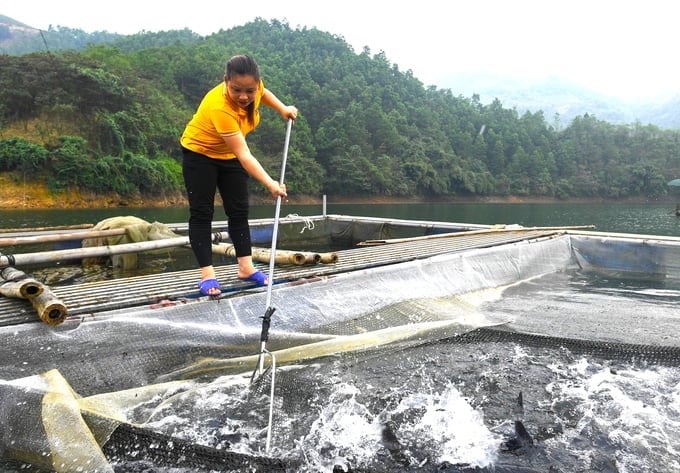
According to the Dien Bien Department of Agriculture and Rural Development, licensing for investment guidelines in developing aquaculture in hydropower reservoirs is still inadequate. Photo: TL.
According to the Dien Bien Department of Agriculture and Rural Development, as for the activities of hydropower reservoir aquaculture, the industry and trade sector manage the exploitation of hydropower reservoir works. However, there are currently no specific instructions from the Ministry of Industry and Trade, so licensing for investment guidelines in developing aquaculture in hydroelectric reservoirs is still inadequate.
According to the provision at Point d, Clause 1, Article 38 of the Law on Fisheries (2017), aquaculture facilities must register for cage aquaculture. And Point b, Article 36 of the Government’s Decree 26/2019/ND-CP dated March 8, 2019, stipulates that the application for certification must include documents assigning use rights from the farming area management unit. However, because the agency managing these areas, the Son La Hydropower Office (located in Son La), is geographically far away, it is difficult for cage and raft aquaculture households to complete the procedures.
Regarding aquaculture activities in irrigation reservoirs, irrigation reservoirs give priority to agricultural irrigation activities according to the crop production season (wet rice). Therefore, from March to June every year, the water in reservoirs is at its lowest level because water must be released to serve agricultural production and prepare for floods. Thus, many cage and reservoir aquaculture facilities have to temporarily stop or only raise for maintenance. This significantly affects the productivity and quality of aquaculture and farmers’ economic efficiency.
In Dak Nong province, the whole province has 279 reservoirs (area of 1 hectare or more) with a total water surface area of more than 18,600 hectares. Of these, 255 irrigation reservoirs have an area of about 3,700 hectares, and 24 large and small hydropower reservoirs have an area of about 14,900 hectares. Currently, the development of reservoir aquaculture in the province still faces difficulties in licensing for activities within the protection scope of irrigation and hydropower structures.
Specifically, aquaculture activities within the protection scope of irrigation structures must be licensed according to the provisions in Clause 8 and Article 12 of Decree 67/2018/ND-CP dated May 14, 2018. For aquaculture activities within the protection scope of hydropower dams and reservoirs, an operating license is required as prescribed in Point h, Clause 1 and Clause 3, Article 22 of the Government’s Decree 114/2018/ND-CP dated September 4, 2018.
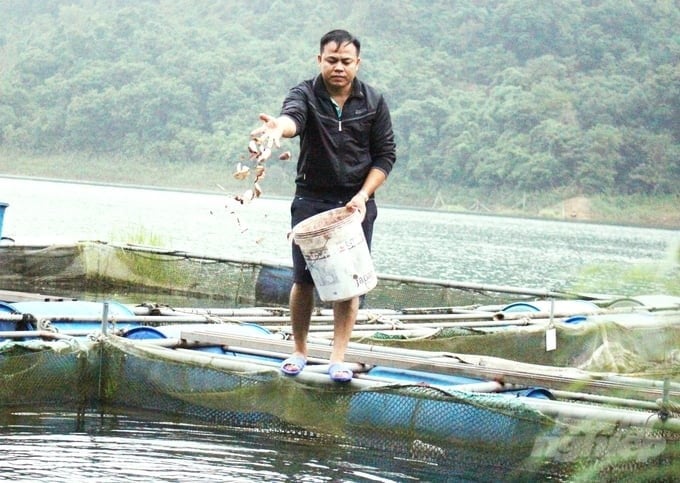
The development of reservoir aquaculture still faces difficulties due to the issuance of licenses for activities within the protection scope of irrigation and hydropower structures. Photo: Trung Quan.
Of these, normal reservoirs and dams fall under the jurisdiction of the Department of Industry and Trade. Hydroelectric dams and reservoirs belonging to the category of particularly important dams and reservoirs as prescribed in the Prime Minister’s Decision No. 470/QD-TTg dated April 26, 2019 (Dak Nong province has Dong Nai 3 and Dong Nai 4 hydropower reservoirs) fall under the jurisdiction of the Ministry of Industry and Trade. Aquaculture activities on rivers are carried out in accordance with the 2013 Land Law regulations for rivers, canals, creeks, streams, and specialized water surfaces.
However, licensing procedures for aquaculture activities within the scope of irrigation and hydropower reservoirs and on rivers and streams are quite complicated. Therefore, the farming facilities do not have enough conditions (dossier components) to apply for a certificate of registration for cage aquaculture and main aquaculture objects.
According to the Viet Nam National Authority of Tourism (Ministry of Culture, Sports and Tourism), in recent times, many irrigation reservoirs have been exploited by localities to become attractive destinations with many tourism products such as lakeside resorts, ecotourism, experiences, sports, entertainment, etc. to serve domestic and foreign tourists.
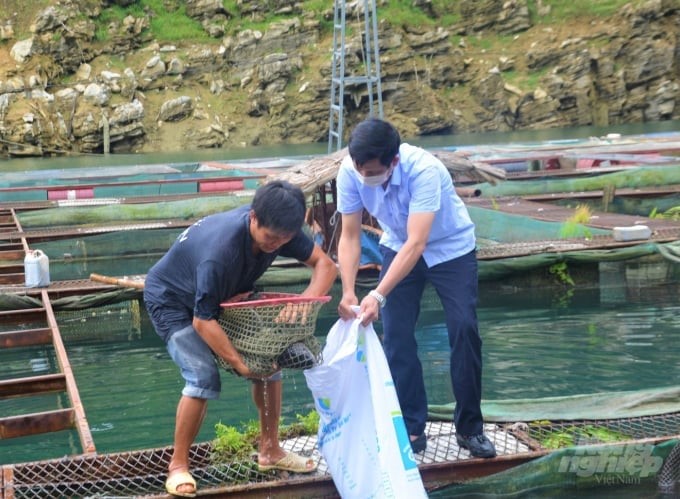
Tourism activities in the lake bed area are often affected by seasonality, so exploitation efficiency is limited. Photo: Dao Thanh.
However, tourism activities in the lake bed area are often affected by seasonality, so exploitation efficiency is limited. Destinations are usually only crowded during festivals, when there are major events of the year or favorable weather. During the rainy season, it is difficult for boats to travel due to high water and big waves. In the dry season, the water level is low, and the natural landscape is not attractive to tourists.
Besides, many aquaculture areas have not really become tourist attractions that can provide a series of services (sightseeing, learning, experiencing, enjoying, shopping, etc.); a "story" about the lakebed products has not been built to attract tourists.
Translated by Huyen Vu Thu
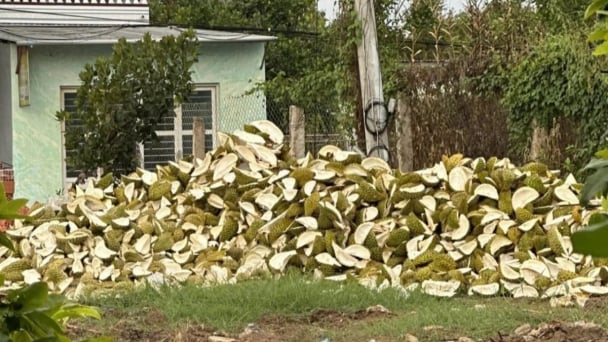
(VAN) The waste of resources from agricultural by-products and the situation of counterfeit and poor quality goods in production causing losses of thousands of billions were pointed out by the National Assembly deputy.
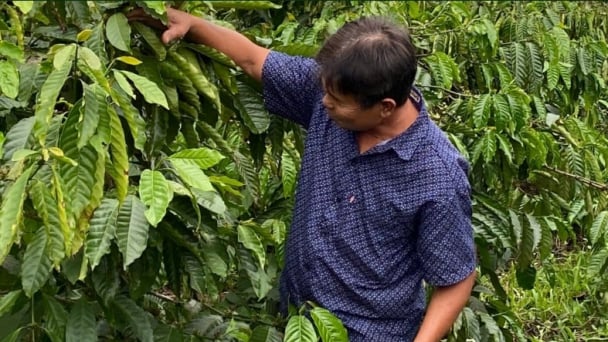
(VAN) After 5 years of implementation, the CAI initiative has helped coffee growers change their farming practices, moving toward responsible agriculture that meets global export standards.
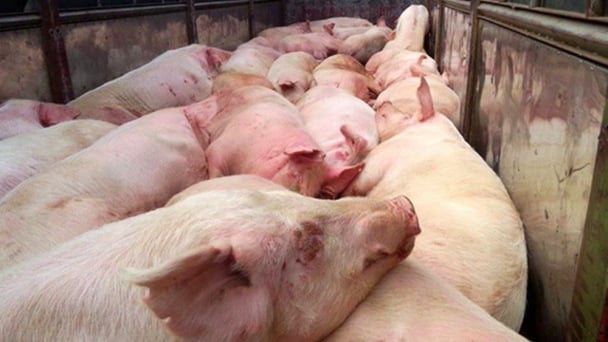
(VAN) The primary prerequisite for the comprehensive and robust integration of Vietnam's livestock sector into the global value chain is the establishment of a disease control system.
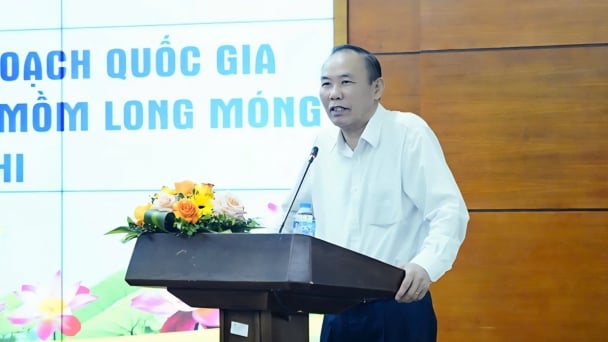
(VAN) The results of national programs are essential for establishing a contemporary livestock sector that is well-equipped to meet the demands of both domestic and international markets, with robust biosafety standards.
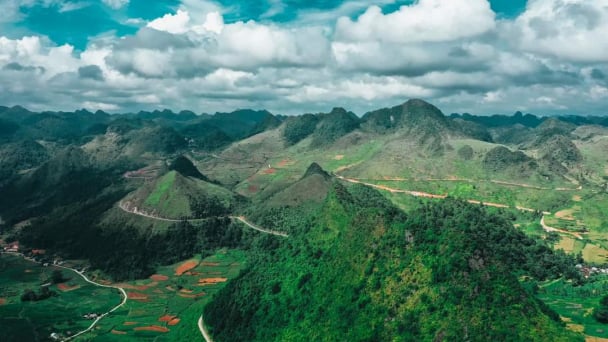
(VAN) The UNESCO Global Geopark revalidation of Non nuoc Cao Bang and the transition to a two-tier administrative model are presently undergoing a pivotal moment in Cao Bang, the northernmost province of Vietnam.
/2025/06/13/5330-2-004539_953.jpg)
(VAN) Changing policy mindset and removing investment barriers are urgent requirements to open up new development space for enterprises in the agricultural sector.

(VAN) The areas include the restoration of five million hectares of marine ecosystems.